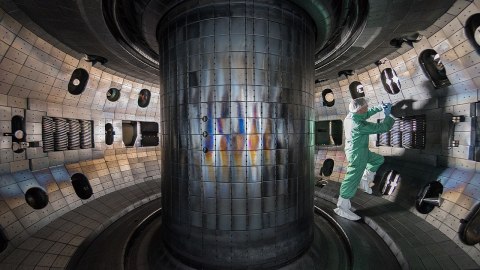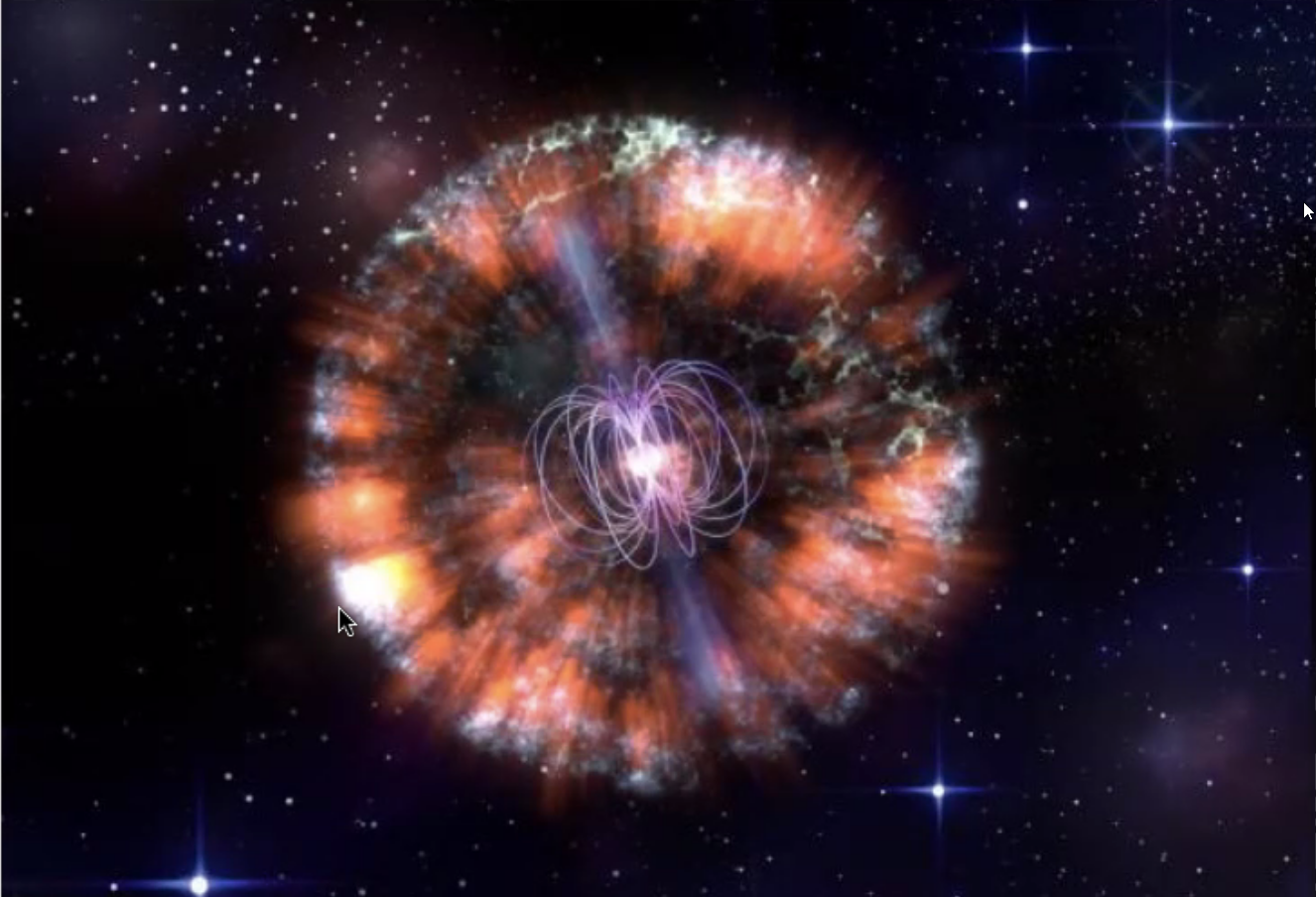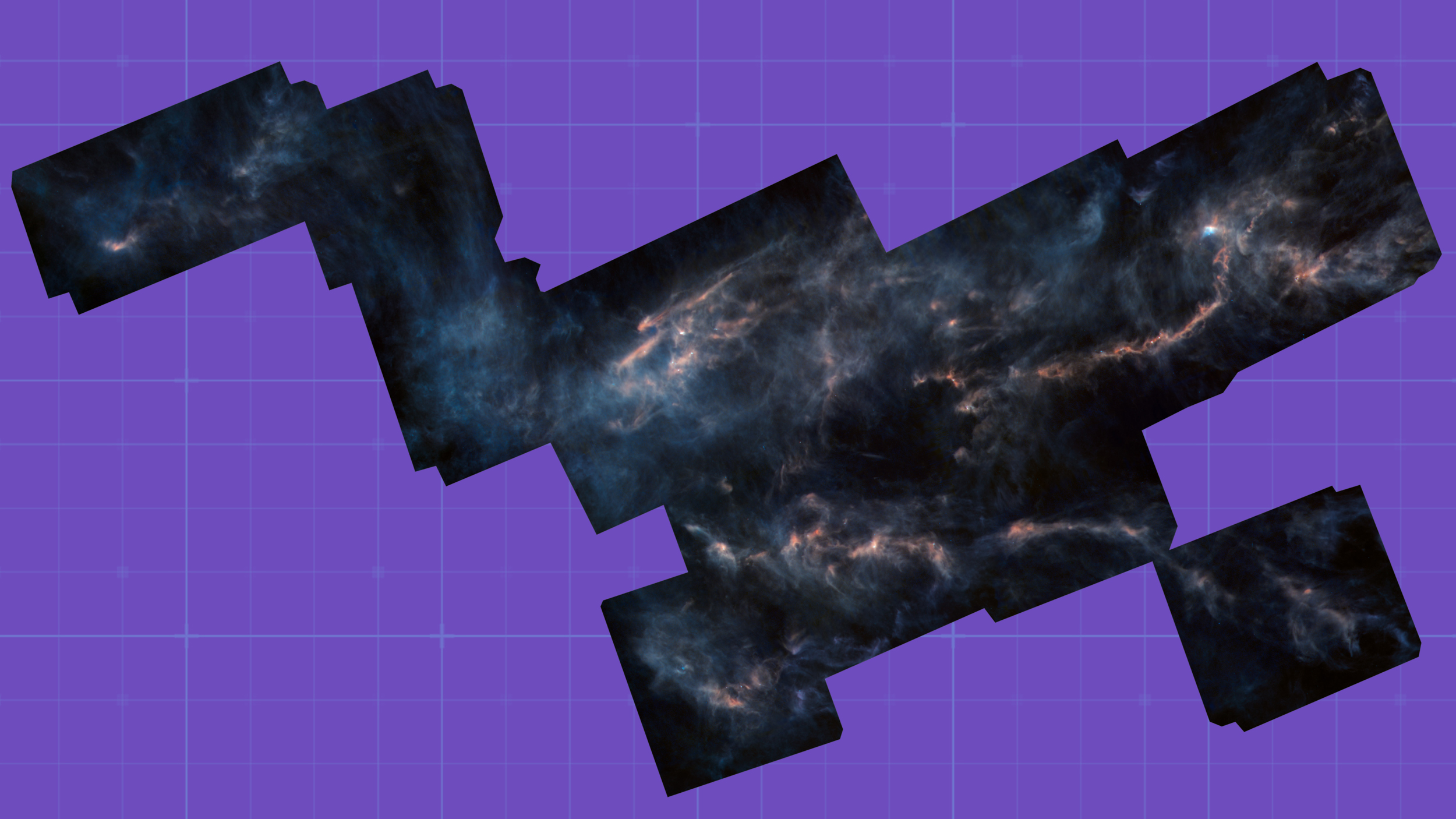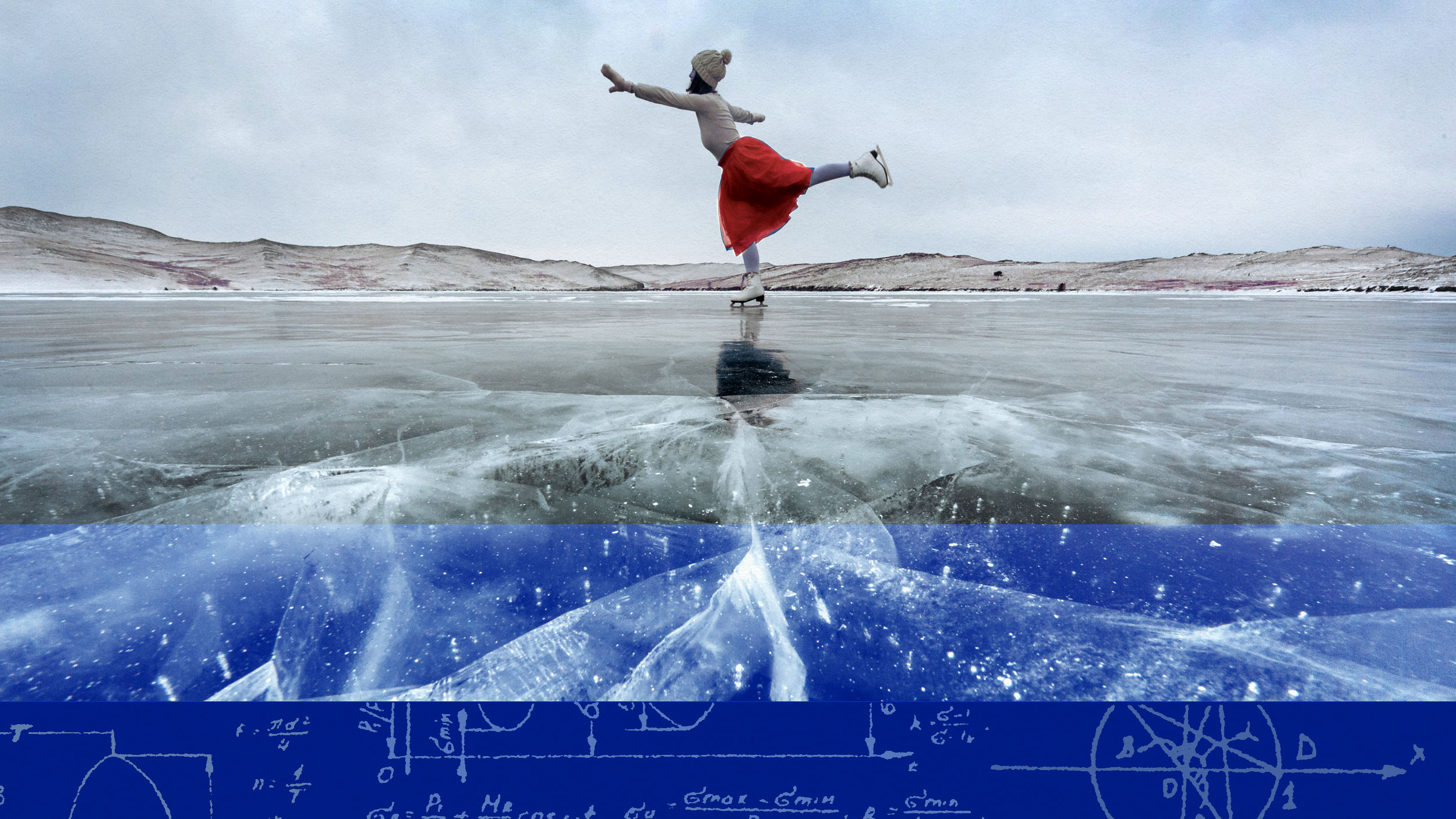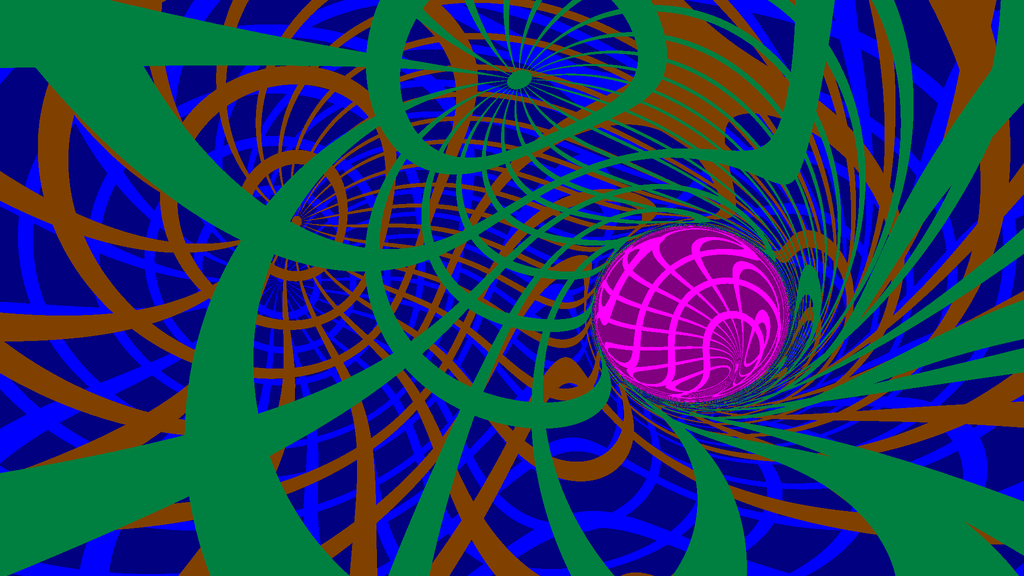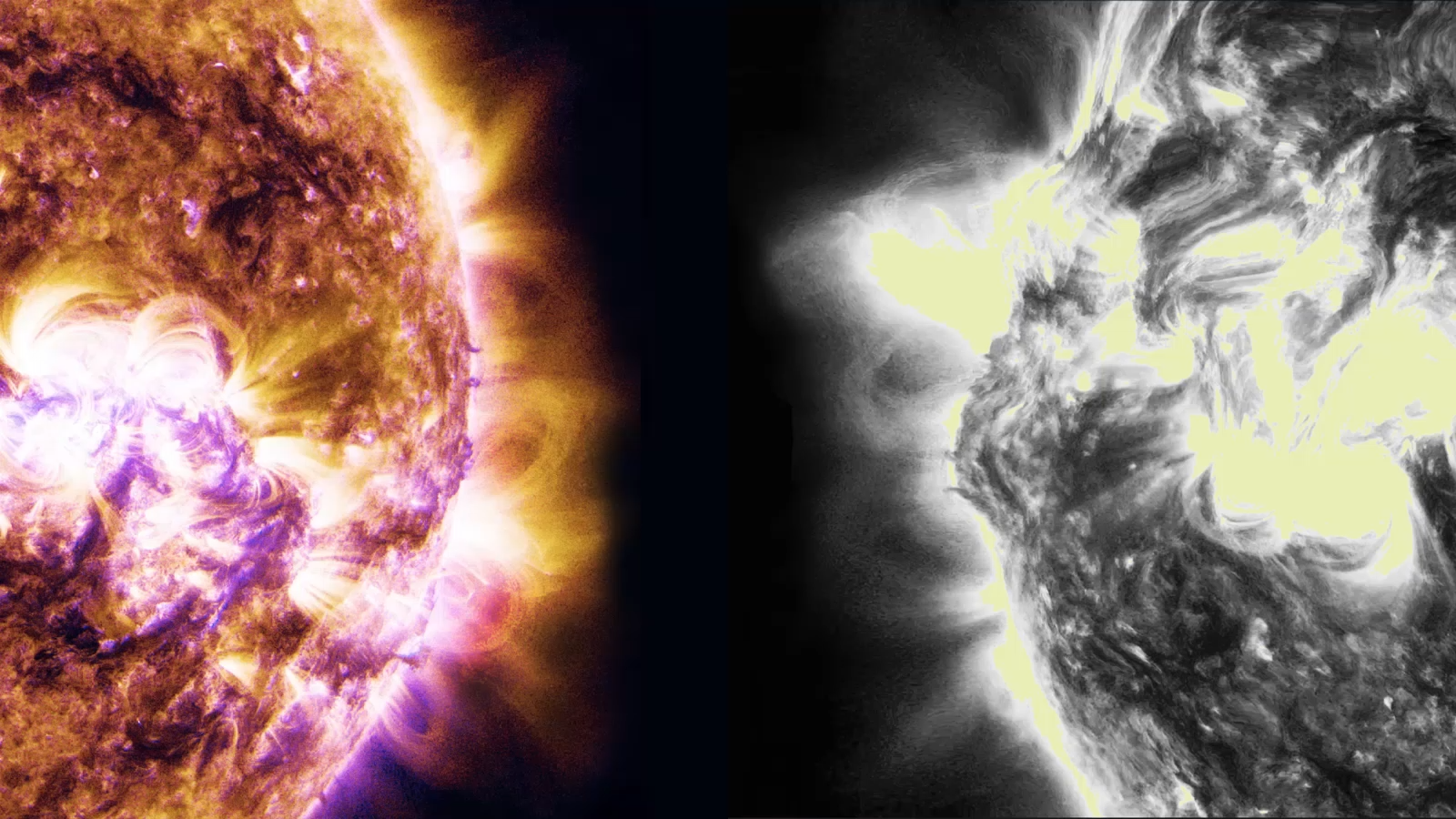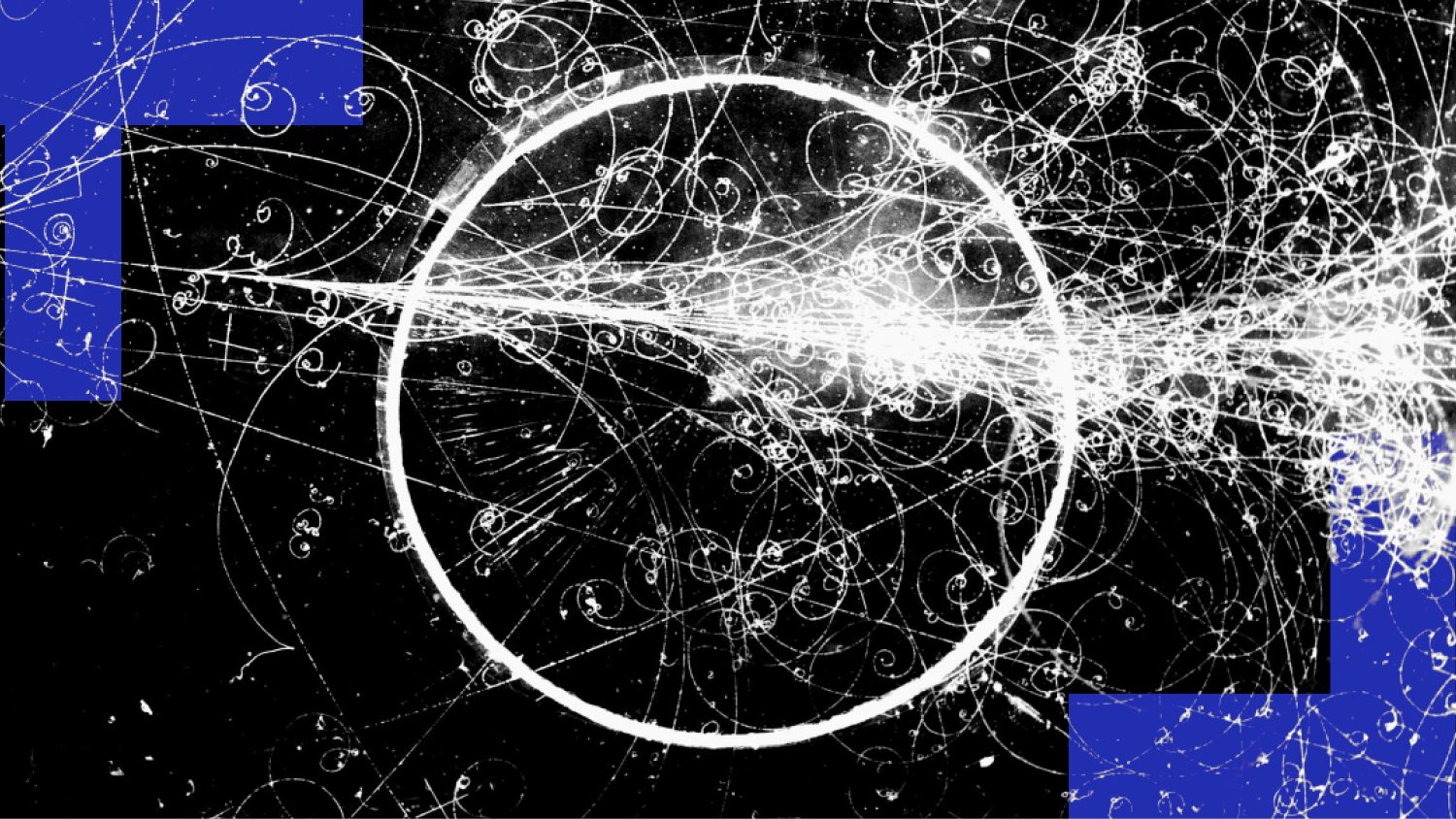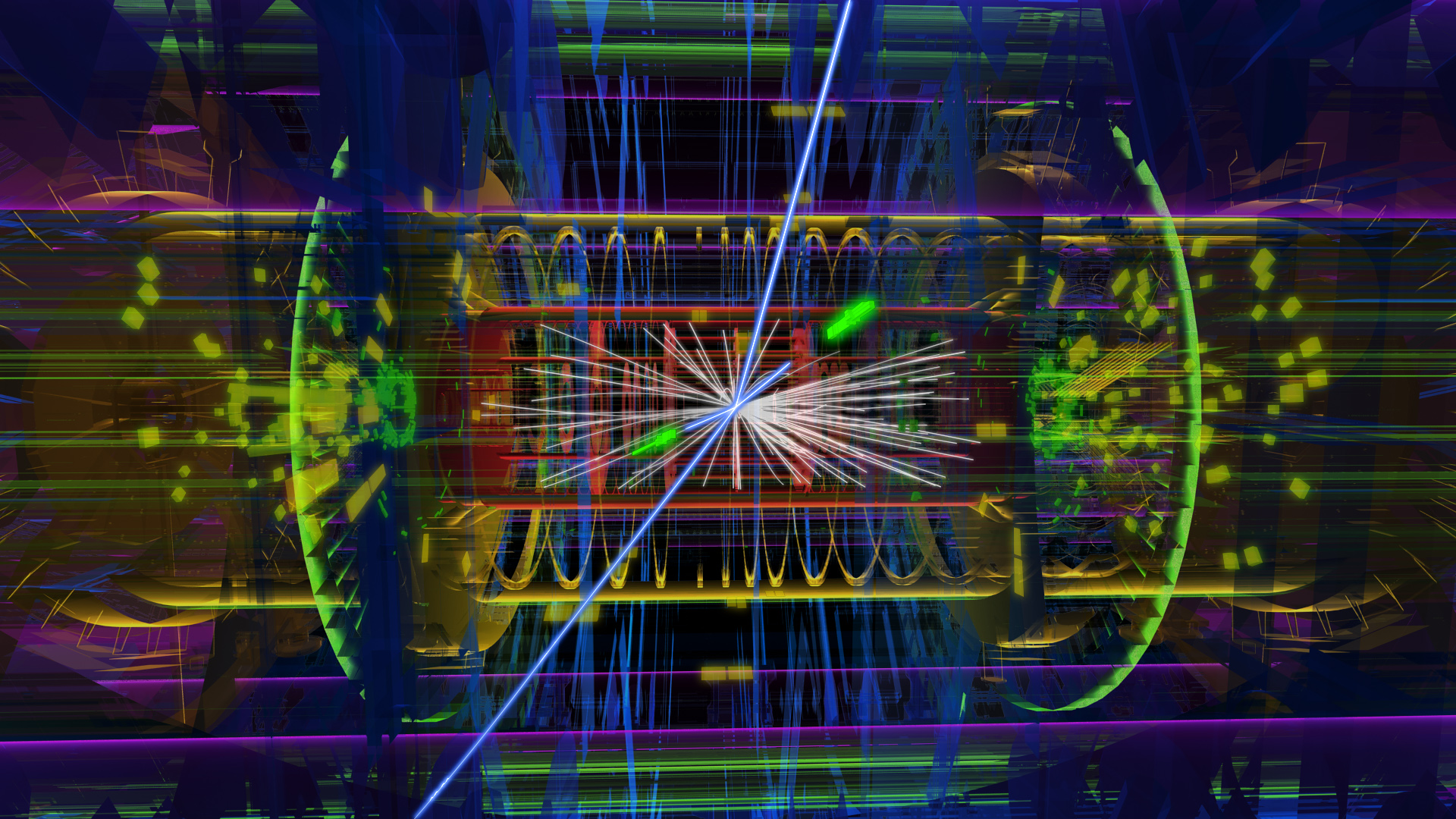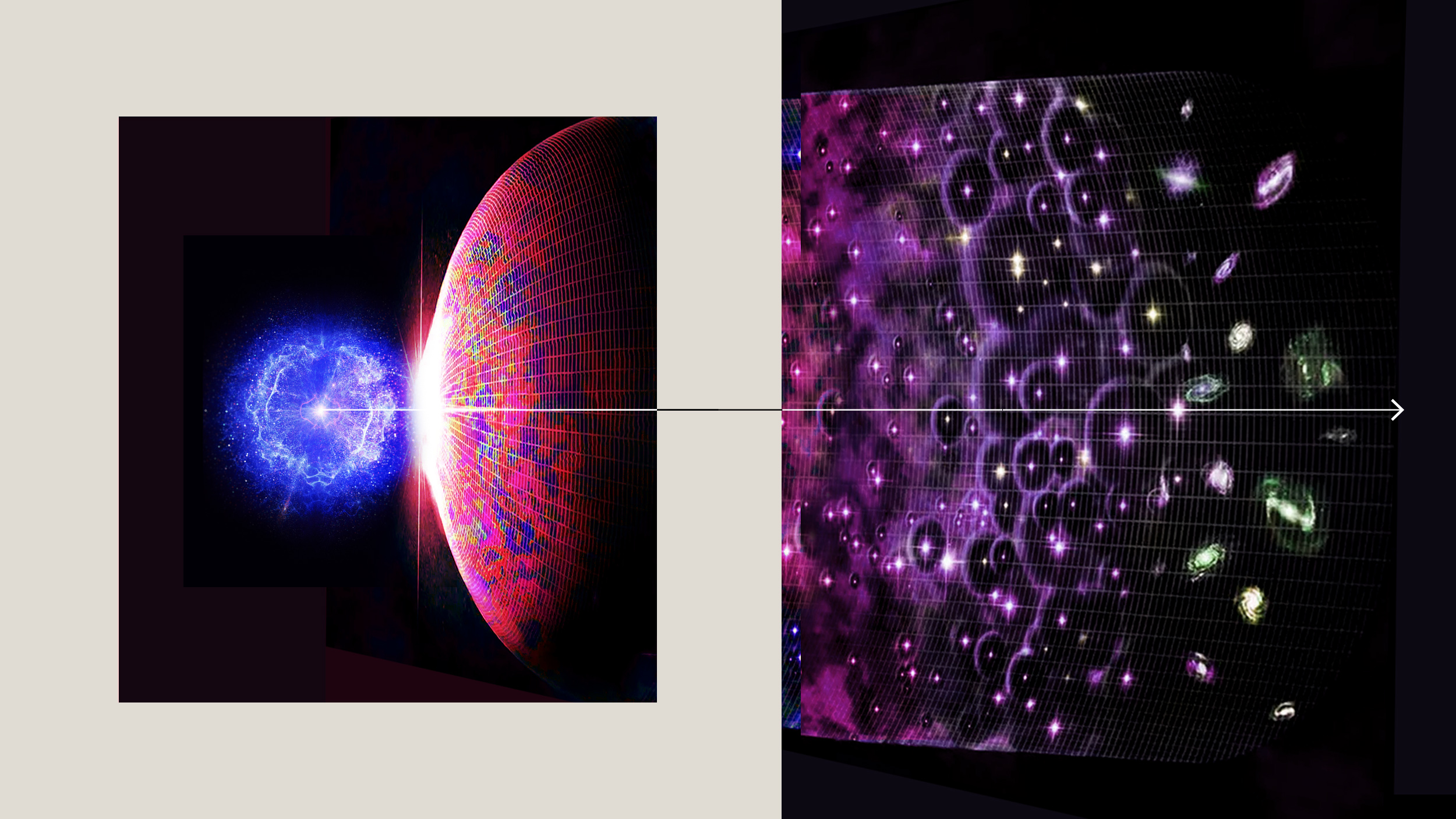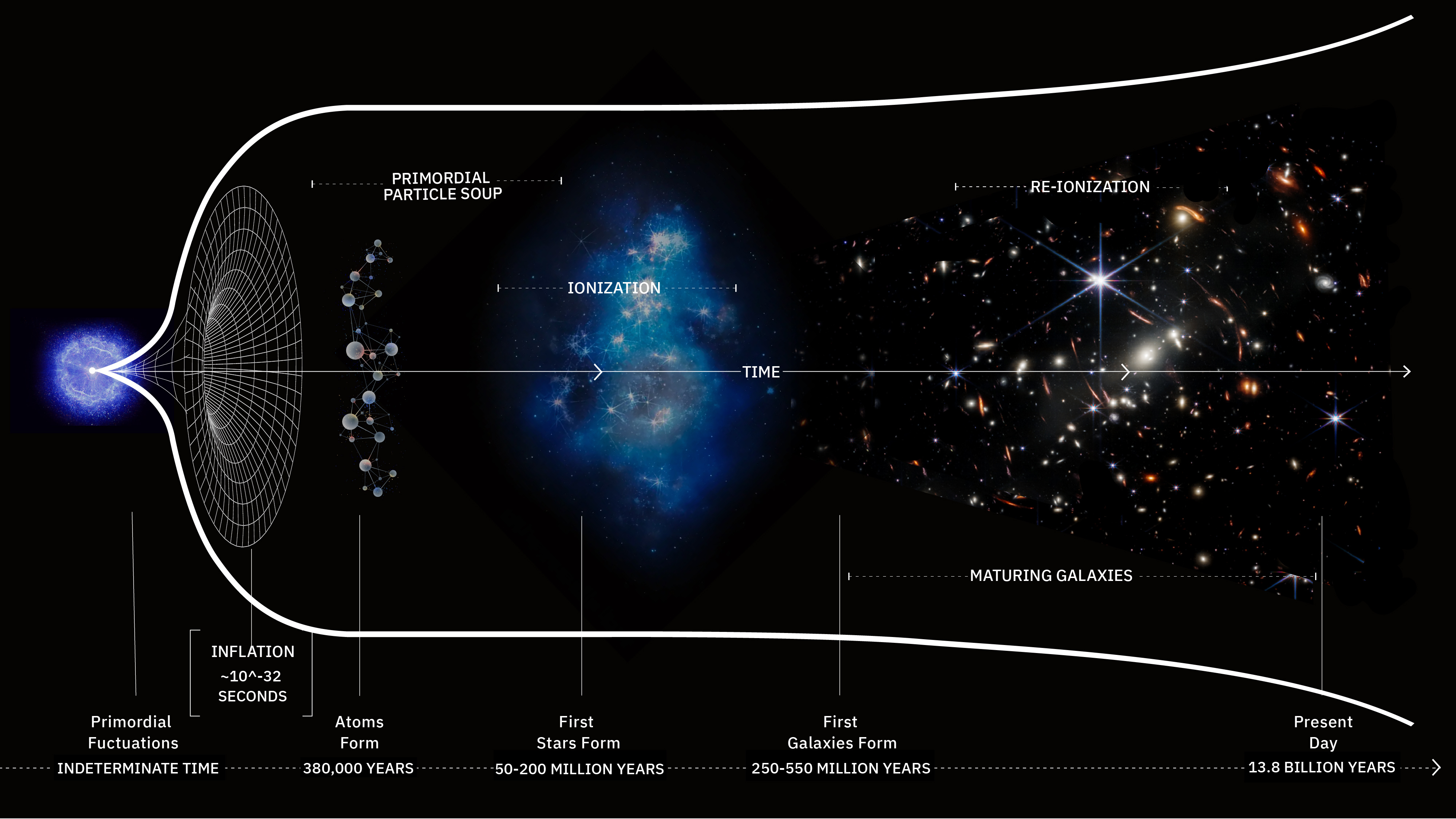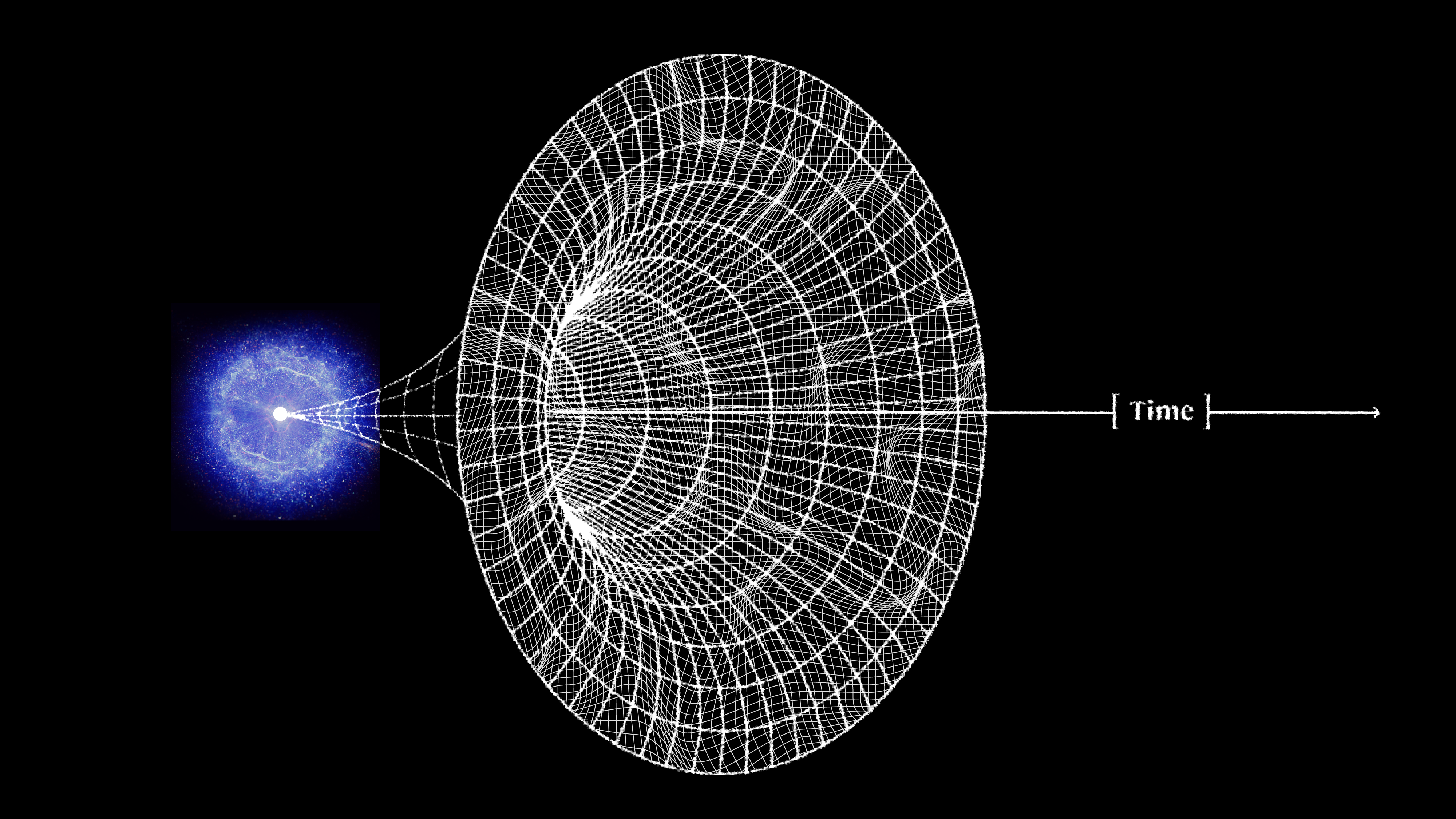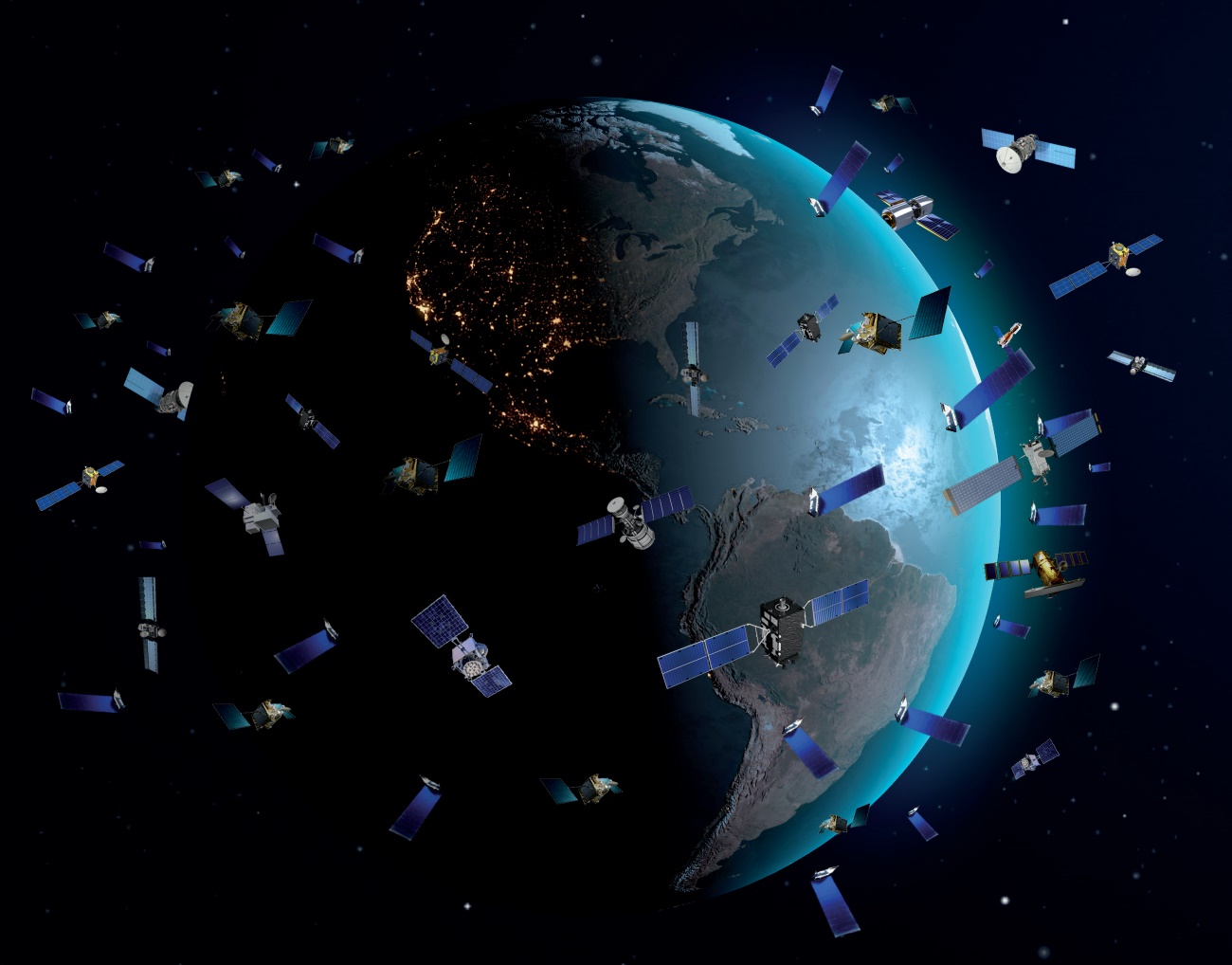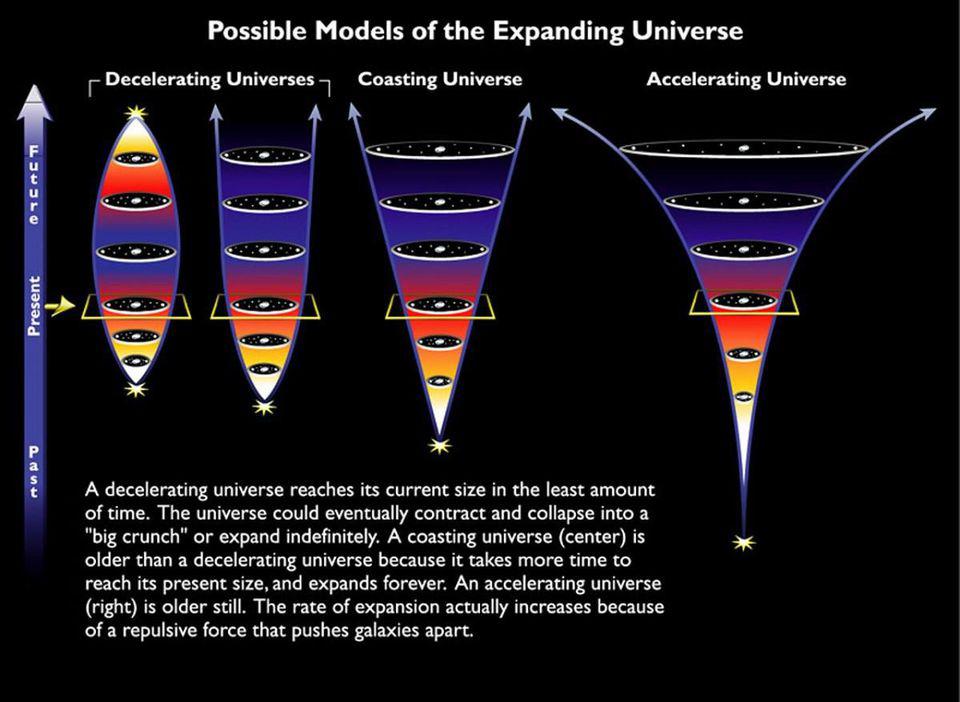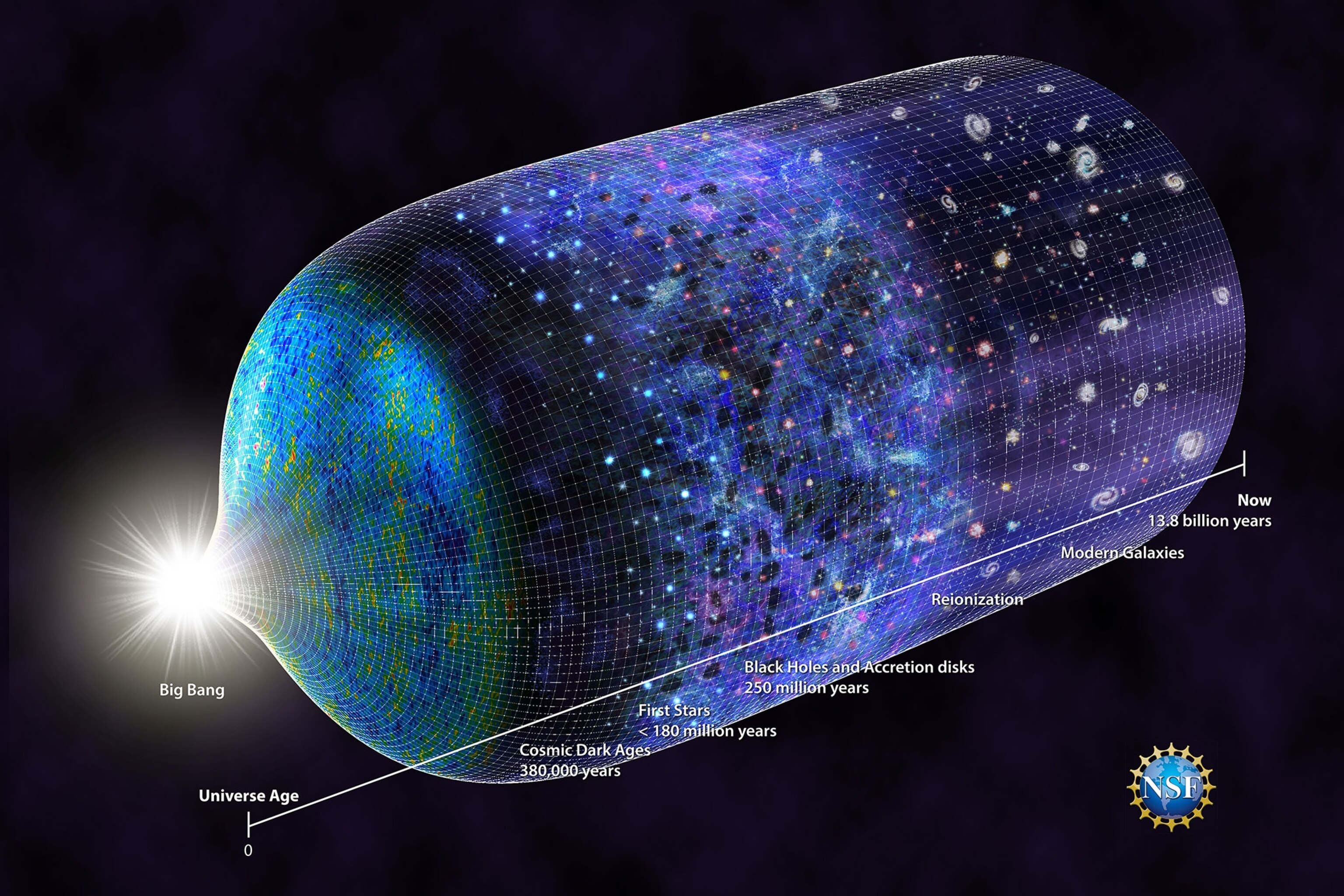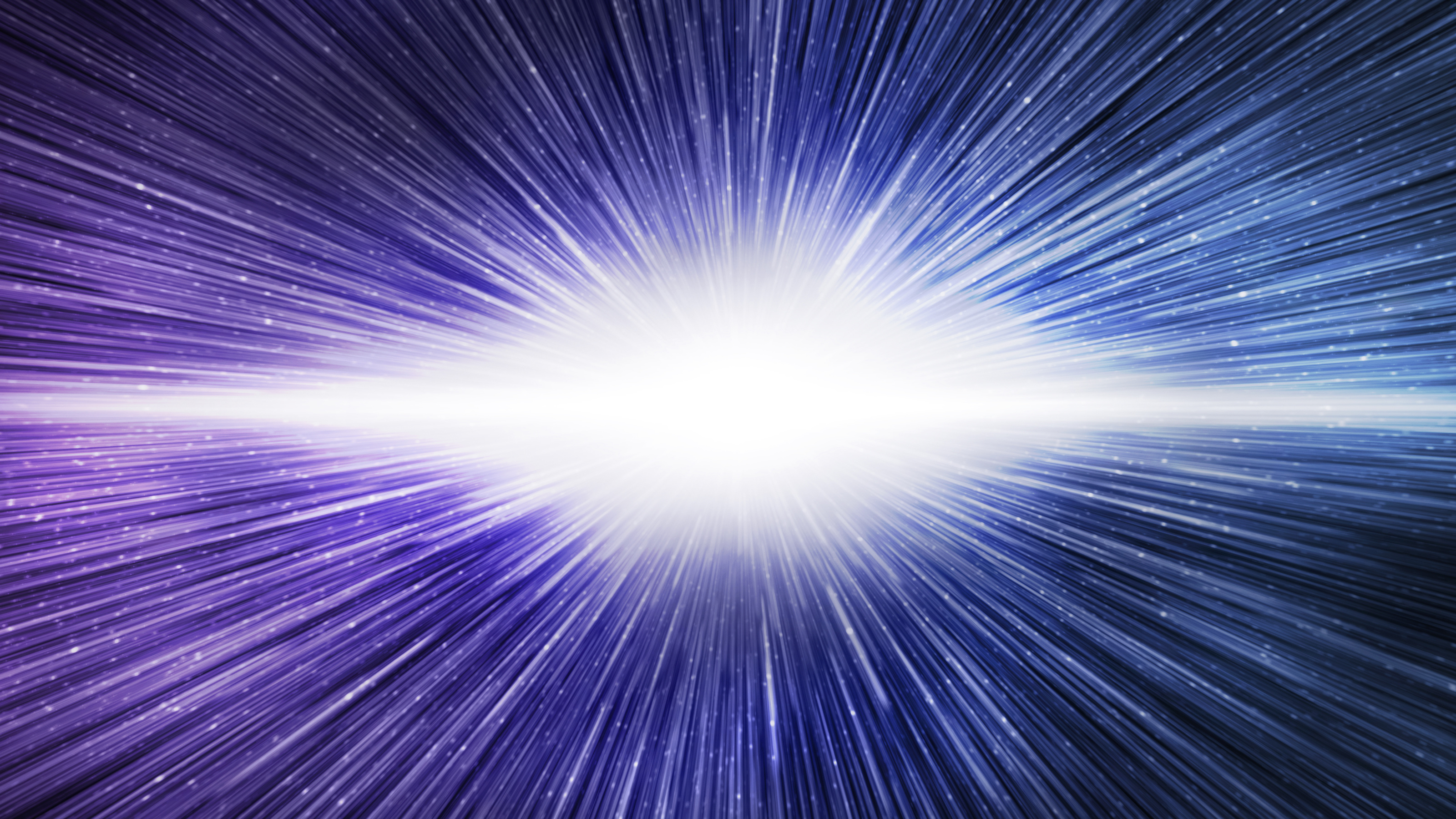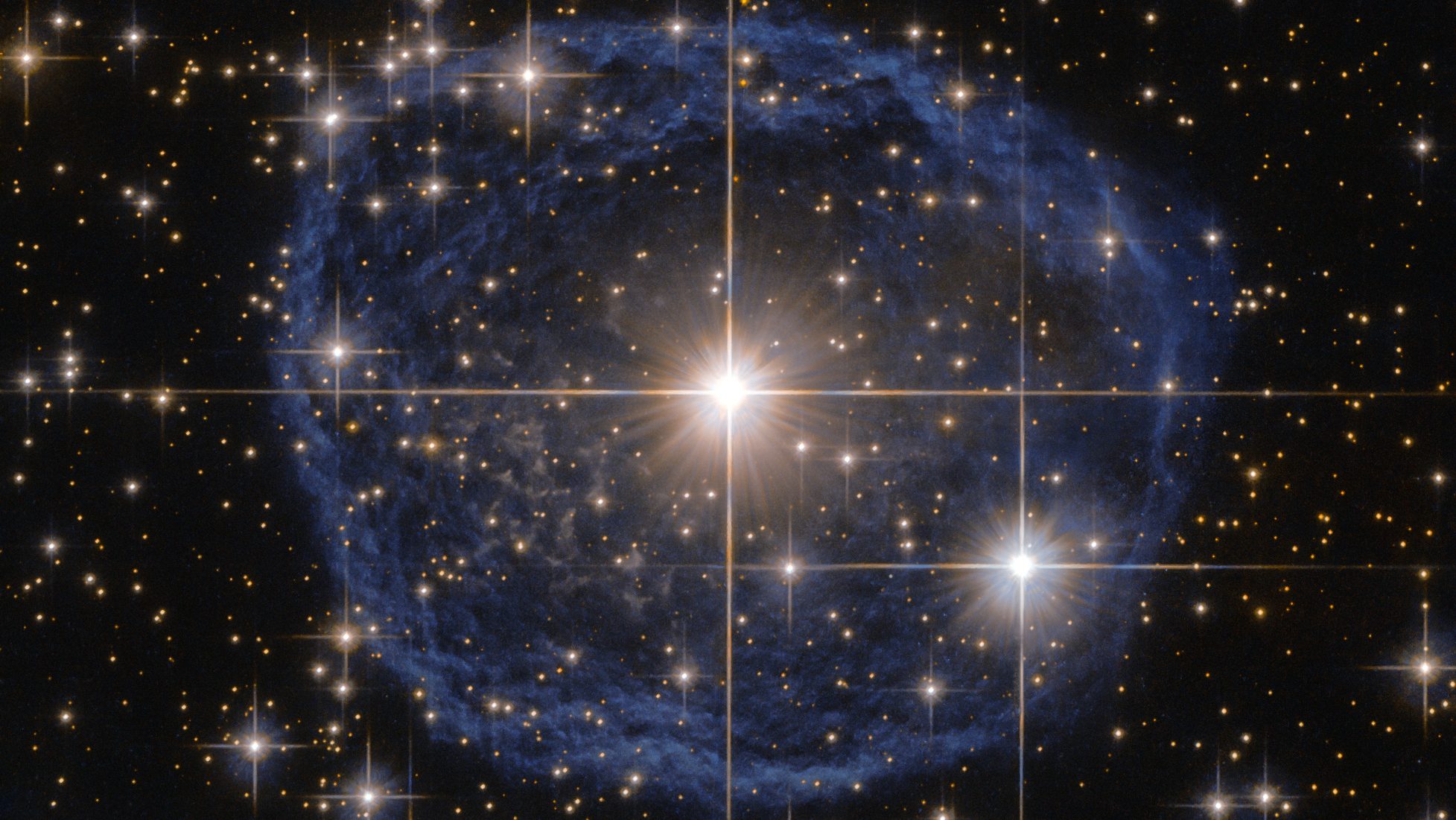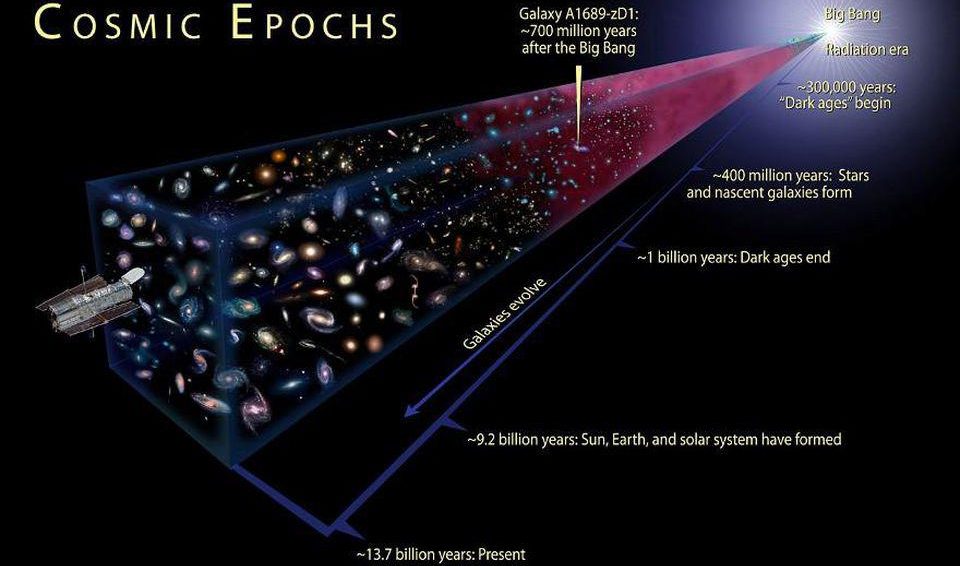The Universe is out there, waiting for you to discover it.
Our mission: to answer, scientifically, the biggest questions of all.
- What is our Universe made of?
- How did it become the way it is today?
- Where did everything come from?
- What is the ultimate fate of the cosmos?
For countless generations, these were questions without resolutions. Now, for the first time in history, we have scientific answers. Starts With A Bang, written by Dr. Ethan Siegel, brings these stories — of what we know and how we know it — directly to you.
Featured
Why power generated through nuclear fusion will be the future, but not the present, solution to humanity’s energy needs.
It’s a strange idea to consider: that a tiny building block of matter, the atomic nucleus, holds the greatest potential for energy release.
And yet, it’s true; while electron transitions in atoms or molecules typically release energy on the order of ~1 electron-Volt, nuclear transitions between different configurations release energies a million times as great, on the order of ~1 Mega-electron-Volt.
Popular
From before the Big Bang to the present day, the Universe goes through many eras. Dark energy heralds the final one.
A wild, compelling idea without a direct, practical test, the Multiverse is highly controversial. But its supporting pillars sure are stable.
The surface and atmosphere is colored by ferric oxides. Beneath a very thin layer, mere millimeters deep in places, it’s not red anymore.
The first supernova ever discovered through its X-rays has an enormously powerful engine at its core. It’s unlike anything ever seen.
Just 13.8 billion years after the hot Big Bang, we can see 46.1 billion light-years away in all directions. Doesn’t that violate…something?
All Stories
Atomic nuclei form in minutes. Atoms form in hundreds of thousands of years. But the “dark ages” rule thereafter, until stars finally form.
With any occupation comes a risk of health and safety hazards. When it comes to being Santa Claus, the challenges are unique.
While ice itself is slick, slippery, and difficult to navigate across under most circumstances, skaters easily glide across the ice.
The first elements in the Universe formed just minutes after the Big Bang, but it took hundreds of thousands of years before atoms formed.
The brilliant mind who discovered the spacetime solution for rotating black holes claims singularities don’t physically exist. Is he right?
In the early stages of the hot Big Bang, there were only free protons and neutrons: no atomic nuclei. How did the first elements form from them?
In the early stages of the hot Big Bang, matter and antimatter were (almost) balanced. After a brief while, matter won out. Here’s how.
For a substantial fraction of a second after the Big Bang, there was only a quark-gluon plasma. Here’s how protons and neutrons arose.
In the very early Universe, practically all particles were massless. Then the Higgs symmetry broke, and suddenly everything was different.
In the earliest stages of the hot Big Bang, equal amounts of matter and antimatter should have existed. Why aren’t they equal today?
When the hot Big Bang first occurred, the Universe reached a maximum temperature never recreated since. What was it like back then?
Some 13.8 billion years ago, the Universe became hot, dense, and filled with high-energy quanta all at once. Here’s what it was like.
Cosmic inflation is the state that preceded and set up the hot Big Bang. Here’s what the Universe was like during that time period.
With such a vast Universe and raw ingredients that seem to be everywhere, could it really be possible that humanity is truly alone?
Space weather poses a tremendous threat to all satellites, knocking all computer systems offline. Is that a recipe for Kessler syndrome?
Dark energy is one of the biggest mysteries in all the Universe. Is there some way to avoid “having to live with it?”
From the earliest stages of the hot Big Bang (and even before) to our dark energy-dominated present, how and when did the Universe grow up?
In general relativity, white holes are just as mathematically plausible as black holes. Black holes are real; what about white holes?
The most common element in the Universe, vital for forming new stars, is hydrogen. But there’s a finite amount of it; what if we run out?
The Universe is 13.8 billion years old, going back to the hot Big Bang. But was that truly the beginning, and is that truly its age?
